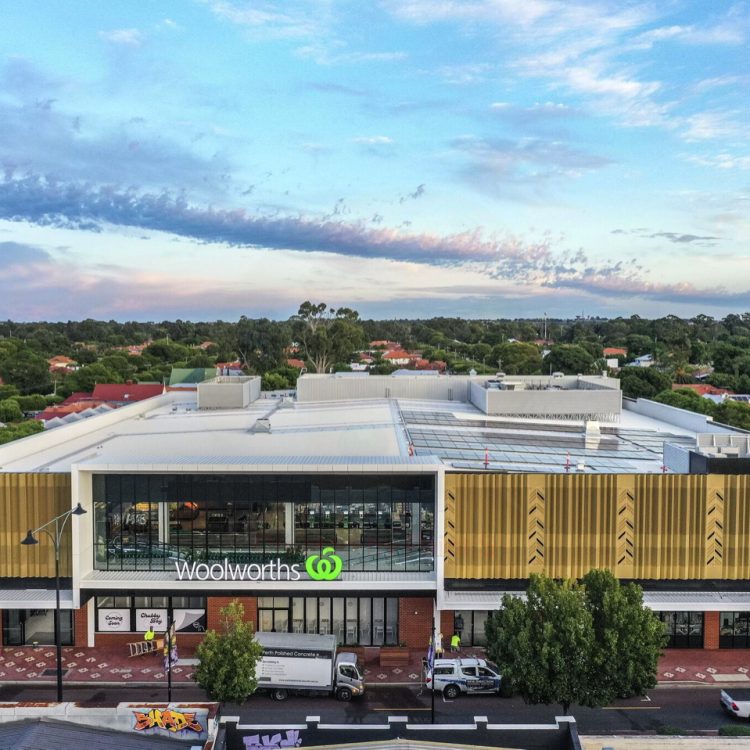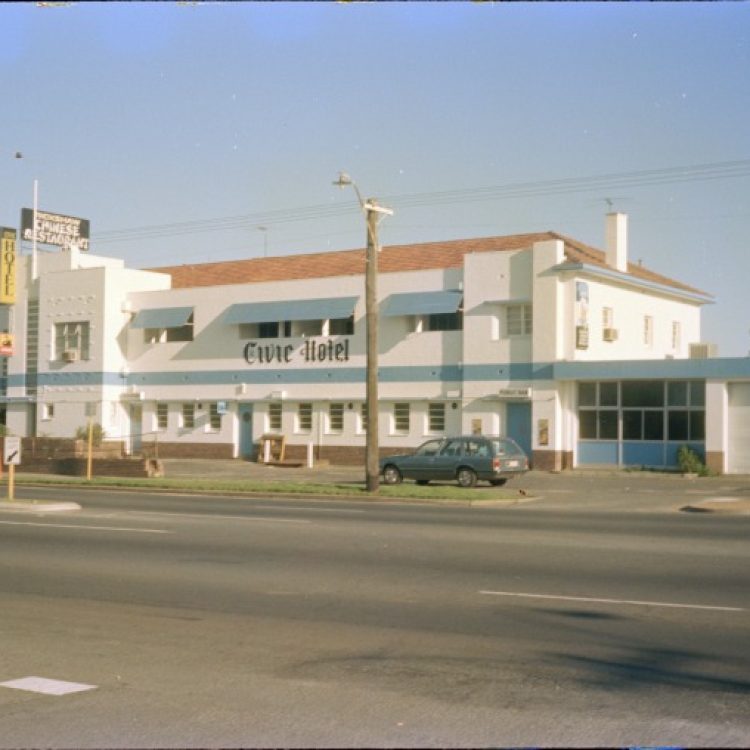
Suburb Introduction
Inglewood: A Blend of Heritage and Modern Living
Experiencing Growth through the Years and Preserving Its Rich Legacy
Inglewood’s rich architectural tapestry began weaving in two significant residential booms. The first, between 1904 and 1920, saw the rise of homes for the blue-collar community. Later, around World War Two, between 1935 and 1940, another wave of development washed over the suburb. Reflecting this rich history, many residences are pre-war vintage, with Federation or Californian bungalow styles especially prominent, and lot sizes vary from 730m^2 near Mount Lawley to a spacious 1400m^2 east of Beaufort Street.
With a commitment to preserving its legacy, Inglewood boasts of a high heritage value, evident in its many cultural and historical landmarks. Numerous pre-war homes have been meticulously renovated, restoring them to their former glory. Yet, the suburb seamlessly blends the old with the new, as seen in the 1960s apartment buildings and contemporary unit developments. The heart of Inglewood’s commercial activities thrives along Beaufort Street, offering residents a variety of retail services, a dedicated library, and a modern recreation centre, while pockets of smaller shops are peppered across the suburb to cater to daily necessities.

